But cold feet sometimes go beyond superficial discomfort. They may be a symptom of underlying problems, such as circulation problems. It is therefore important to pay attention not only to the feeling itself, but also to what our feet may be trying to tell us.
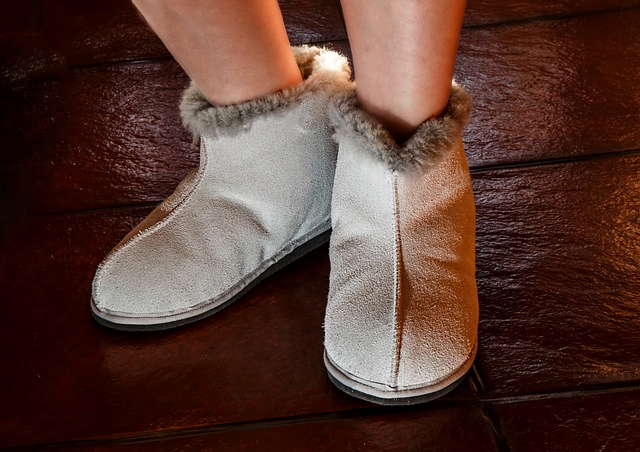
When your feet feel cold, it can be more than just an uncomfortable feeling. Sometimes cold feet are accompanied by other symptoms that can give a deeper insight into what is going on. Here is an overview of some of the symptoms you may experience besides cold feet:
A bluish or pale tint may indicate problems with blood circulation.
Tingling or numbness
In addition to cold, you may feel tingling or numbness, which can indicate possible nerve disorders.
Even without obvious sweat production, your feet can sometimes feel damp or clammy, which may indicate problems with sweat glands or circulation.
Cold feet can sometimes be accompanied by pain or cramping, especially if the cold occurs suddenly.
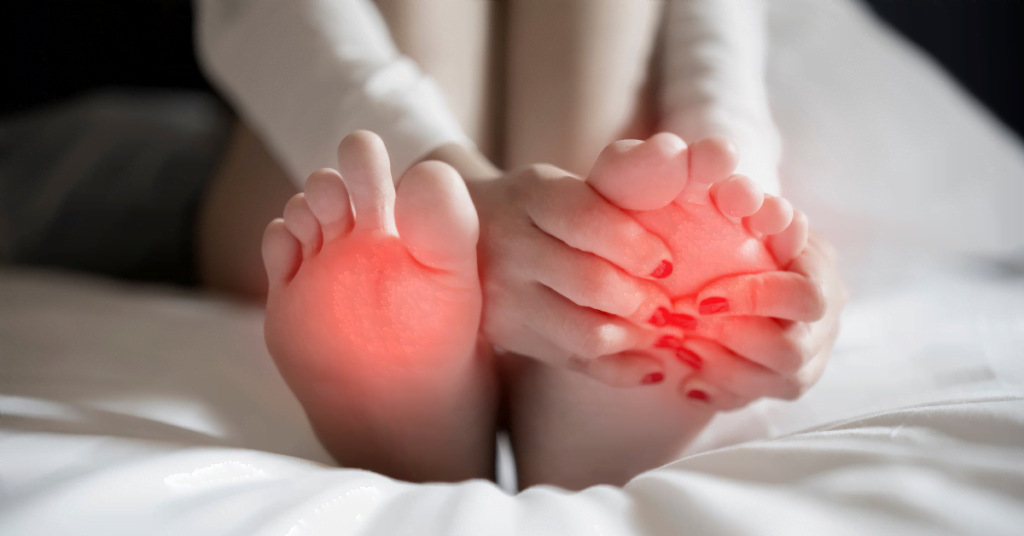
Poor circulation can also lead to dry skin or even cracked heels.
In some cases, cold feet may also swell, which may indicate fluid accumulation.
If small cuts or wounds on the feet heal slower than you are used to, it may be related to reduced blood flow.
For example, discoloration, brittleness or thickening.
Everyone suffers from cold feet from time to time, especially during cold winter days. But sometimes cold feet can be a sign of a deeper problem. It is important to know the possible causes so you can act effectively here are some:
One of the most common causes of cold feet is impaired circulation. This may be due to smoking, a sedentary lifestyle or conditions such as peripheral arterial disease.
This is a condition in which the deeper blood vessels in the extremities constrict, leading to discoloration and cold fingers and cold toes.
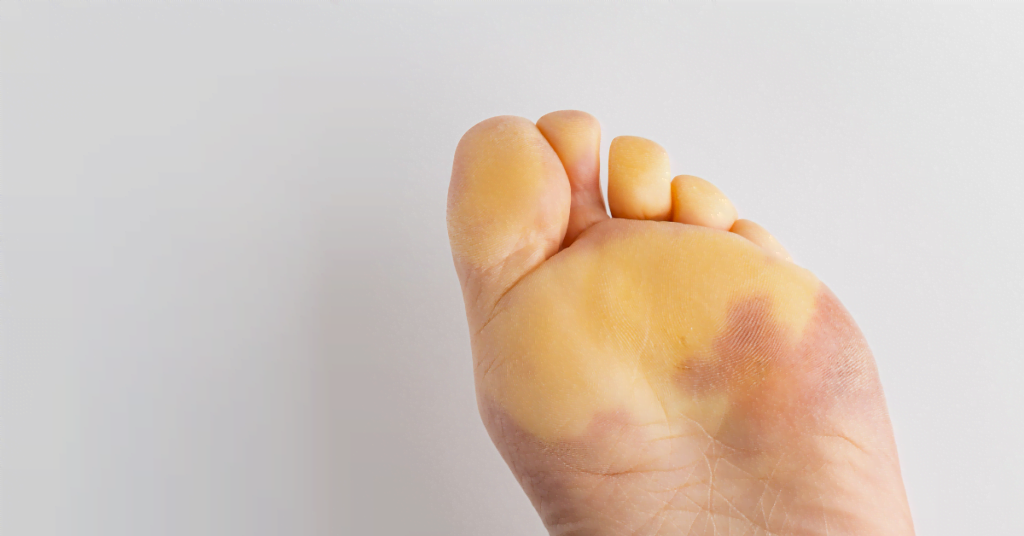
A sluggish thyroid can lead to cold feet because it slows your metabolism, which can lower body temperature.
Among other symptoms, diabetes can lead to neuropathy, which can cause numbness and coldness in the feet.
Damage to the nerves, whether from injury or disease, can lead to feelings of cold in the affected areas.
Accumulation of moisture in the feet can lead to feeling cold, especially if the body is trying to drain the excess moisture.
Certain drugs , such as beta blockers, can have side effects that lead to cold hands and feet.
Changes in hormone levels, such as during menopause, can affect the body’s temperature regulation, which can cause cold feet.
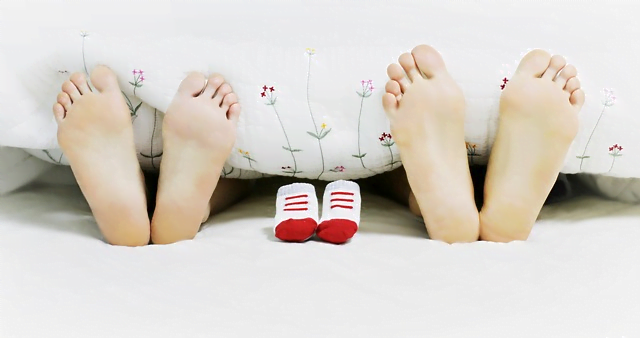
A lower than normal red blood cell count can lead to fatigue and cold extremities.
Having cold feet from time to time is normal, especially in colder climates. However, if you notice that your feet are constantly cold and accompanied by other symptoms, it is important to seek medical advice. By paying attention to the signals your body gives, you can take better care of your overall health.
An interesting issue is the relationship between cold feet and sweaty feet. Although you might think that sweaty feet are hot rather than cold, they can actually contribute to cold feet. That’s because moisture can draw heat away from your feet, making them feel cold.
One possible solution to this problem may be a foot spray such as PediSPray®. These products are designed to reduce the amount of sweat, which can help keep your feet drier and warmer.
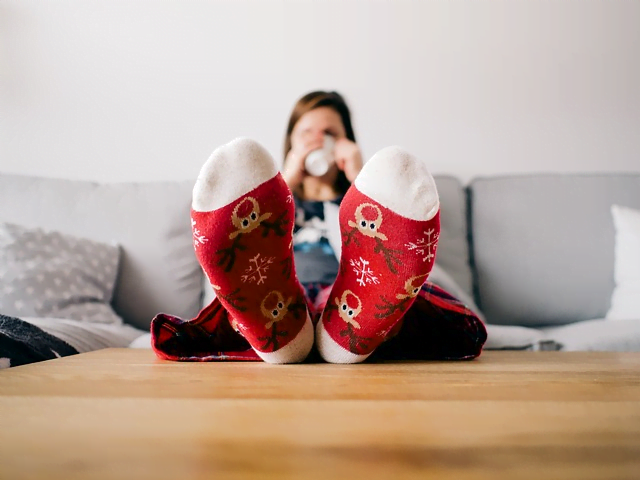
Cold feet can sometimes be downright unpleasant, especially when the feeling persists. Fortunately, there are numerous methods you can try to keep your feet warm and relieve the uncomfortable feeling. Here are some tips to help you with cold feet:
Apply heat
Use a hot water bottle, electric blanket or heated insoles. A foot bath with warm water can also help warm your feet quickly.
Mass
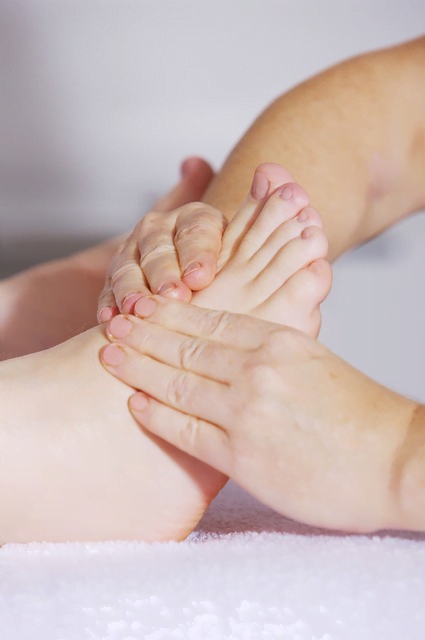
By massaging your feet, you stimulate blood circulation, which can help warm them up faster.
Wool is a natural insulator and helps to retain heat. Make sure you wear thick socks that are dry; damp socks can make the cold feeling worse.
Tight shoes can impede blood circulation in the feet. Choose shoes that are comfortable and offer plenty of room.
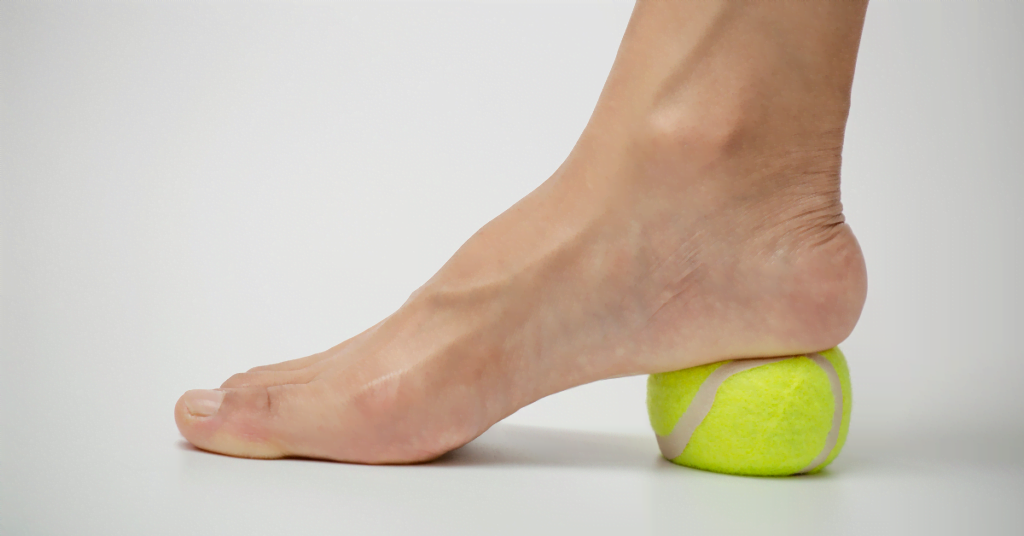
Regular exercise can help improve poor circulation. Simple foot exercises, such as toe curls or foot rotations, can already be helpful in stopping a falling body temperature
Smoking constricts blood vessels and can contribute to circulation problems, which can cause cold feet.
Caffeine can sometimes constrict blood vessels and lead to cold extremities.
Nutrients such as iron and vitamin B12 are essential for proper blood circulation. Maintain a balanced diet with plenty of vegetables, fruits, whole grains and protein.
Disposable heat bags are available that you can place in your shoes for extra warmth during extremely cold days.
Treatment of cold feet depends on the cause. If your feet are cold from exposure to the cold, wearing warm socks or shoes may be enough. For sweaty feet, a remedy such as pedispray can help.
But if you suspect that your cold feet are a symptom of an underlying health condition, it is wise to seek medical advice. A doctor can examine the possible cause of your cold feet and suggest appropriate treatment.
And while this may not be the most obvious advice, regular exercise can also help. This is because it improves blood circulation, which can help warm up cold feet.
In some cases, a visit to a podiatrist or physical therapist may be helpful. These professionals can recommend specific exercises to improve blood circulation in your feet.